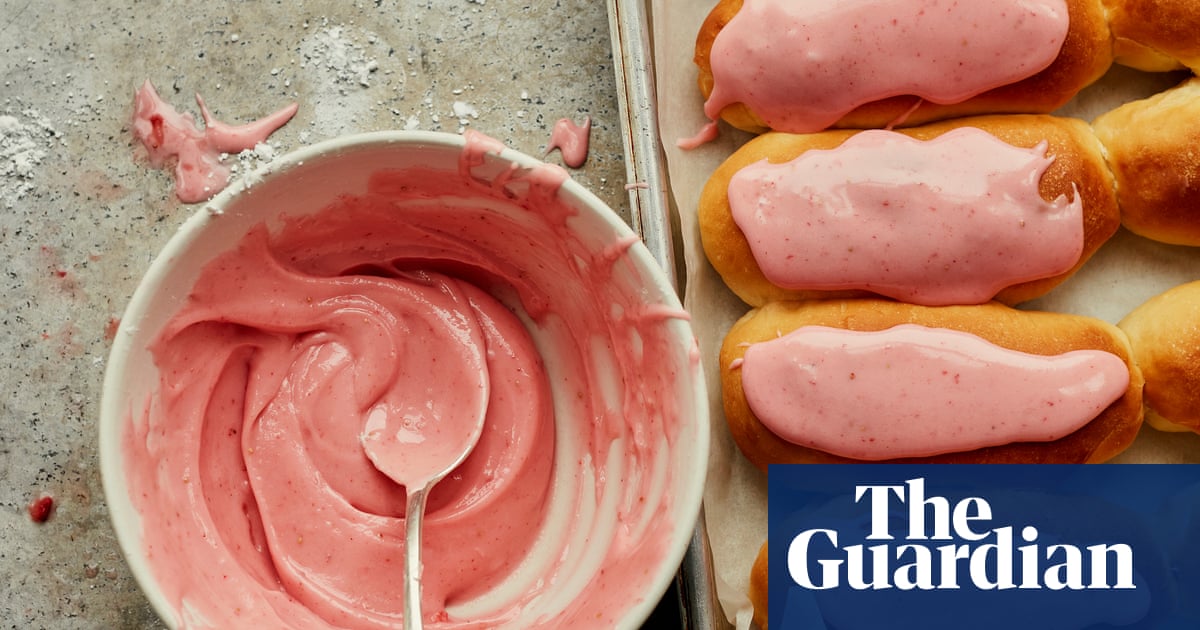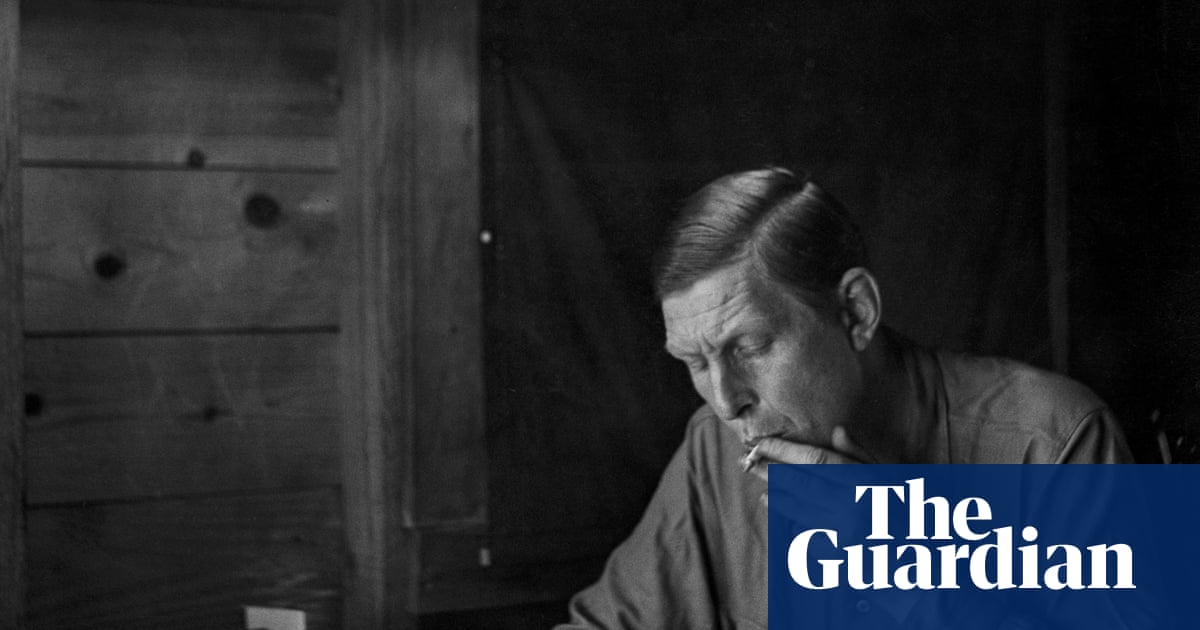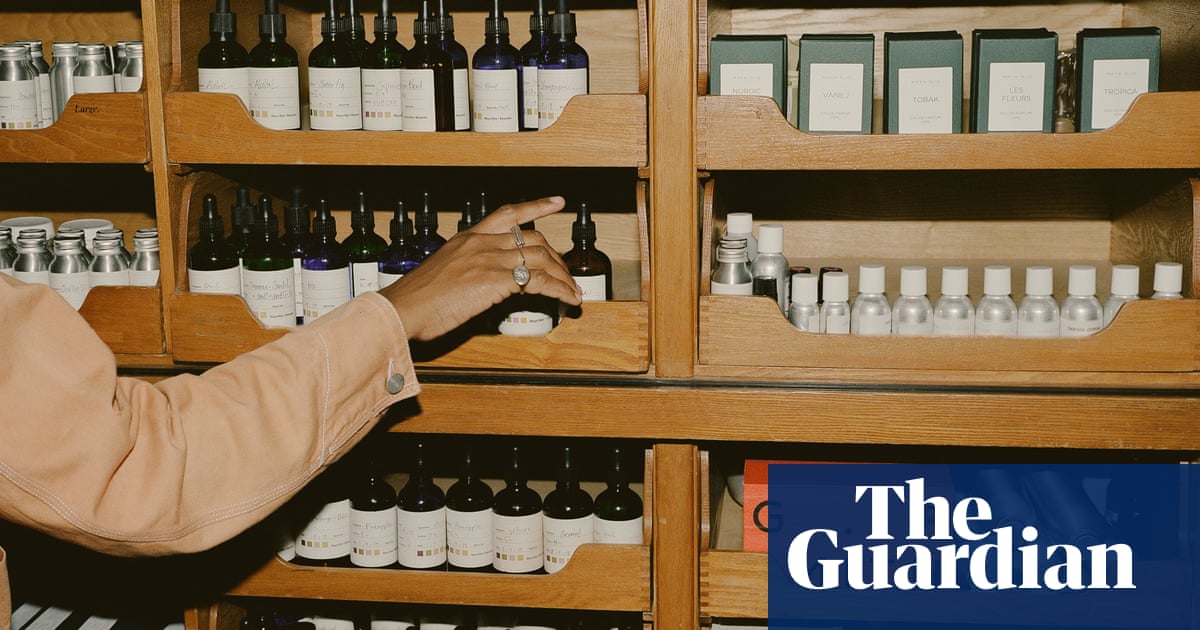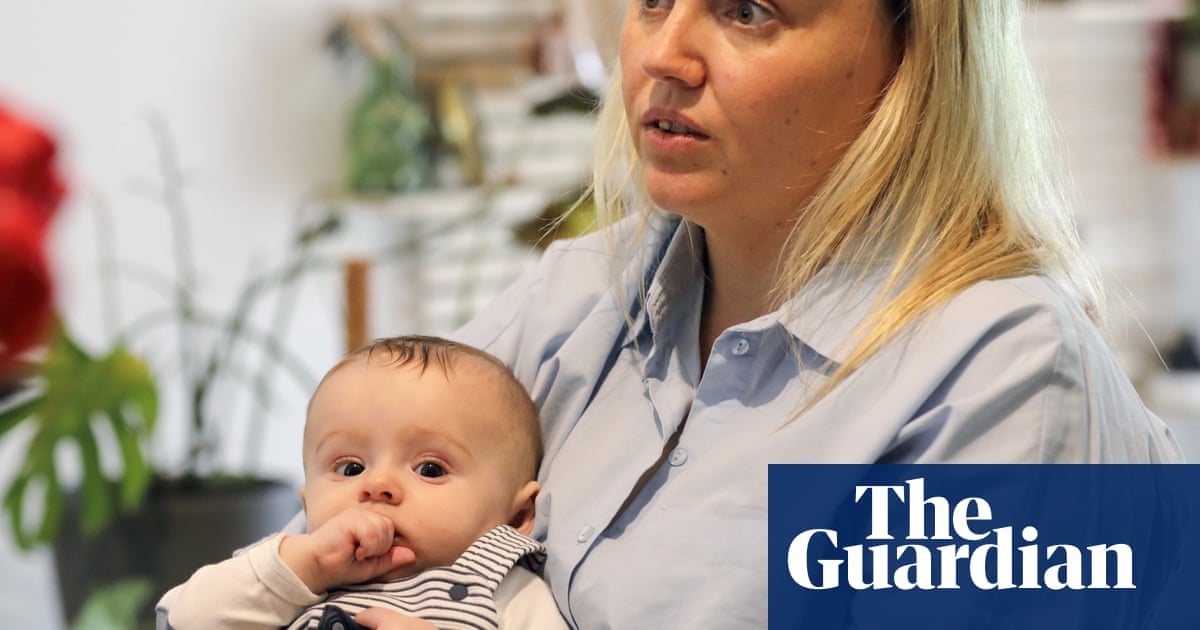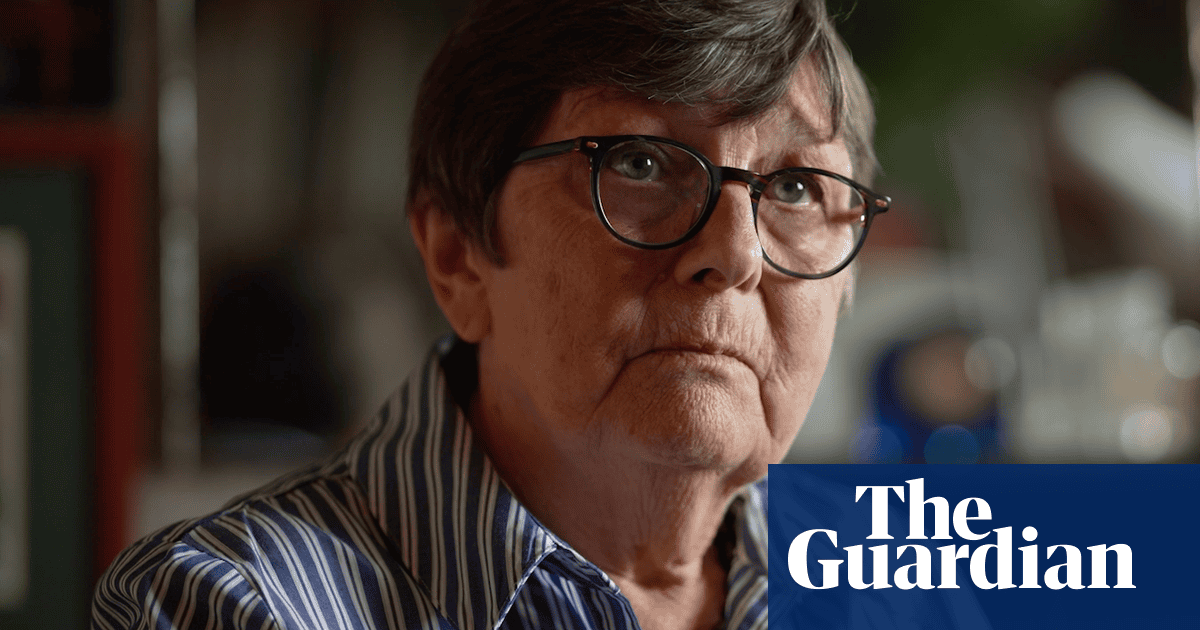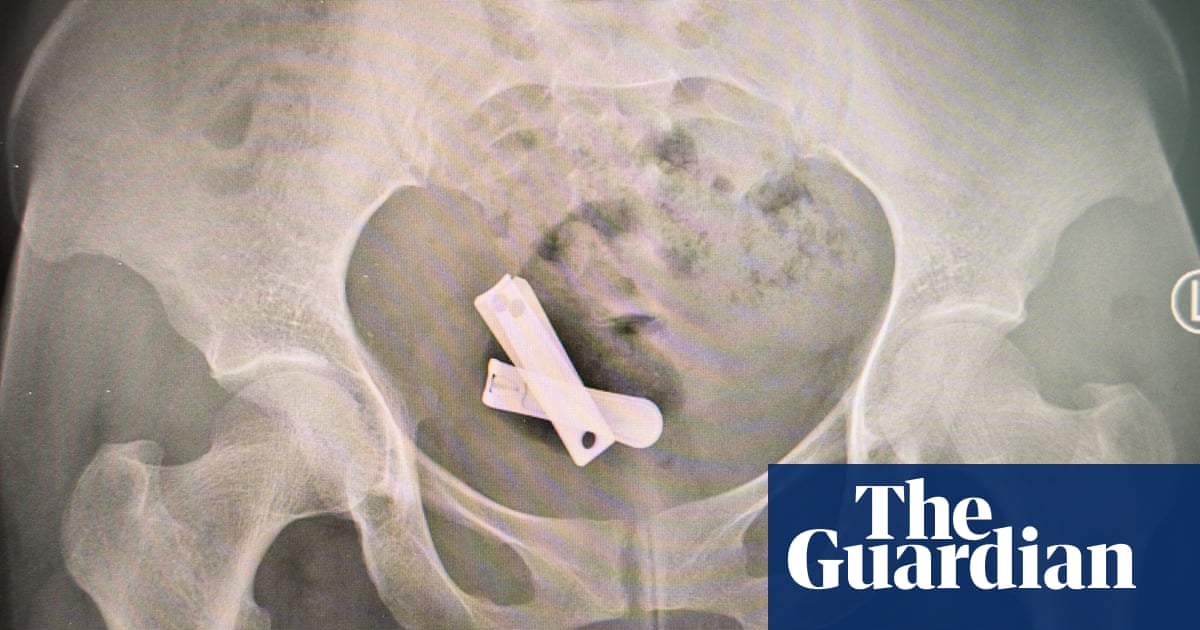Baking: it’s part science, part craft, part magic. A mindful escape or total mystery, depending on who you ask.
In writing The Bakers Book, a collection of recipes, kitchen notes and wisdom, I asked 36 Australian bakers for an essential piece of baking advice – a lesson that changed everything, a tip that’s always in their back pocket.
I expected a pantry of practical tips, but I also realised their wisdom has applications beyond baking. Here’s what I learned.
Don’t go in cold
We’ve all been there. You’ve turned up ready to bake, only to glare at the instruction for room temperature eggs and butter. Yours are fridge cold. Maybe you microwave the butter to a half-solid, half-liquid result and you take a gamble on the cold eggs. Your mixture comes together, but the scrambled egg effect is real. That’s because a cake batter is an emulsion of ingredients, explains chef Danielle Alvarez. “When something is a little bit too cold or a little bit too warm, it’s never going to combine perfectly, or it will split or it will break,” she says. But if you forget to grab ingredients ahead, here’s what she recommends: put eggs in their shells in a cup of warm water to let them come up to room temperature. It only takes a few minutes. For butter, warm a bowl in an oven or microwave, then place it face down over your butter. The ambient heat will soften it quickly – and evenly.
Ease up
How did you first cream butter and sugar? Did you, like cookbook author and TV presenter Belinda Jeffery, put the butter and sugar in the bowl of your mum’s old Kenwood mixer and “beat the hell out of them”? These days, Jeffery recommends a gentler approach. Going hell for leather means you can over beat the mixture and let in too much air, which will make your cake rise, and then promptly collapse. Use a medium speed instead – until the ingredients are well mixed but not all the way to white, light and fluffy. Same goes for egg whites that need to be folded into a mixture – they should be “just beyond sloppy”, Jeffery advises – too firm and they won’t incorporate into your batter. Start by whisking them in a stand mixer, but quit while you’re ahead and finish off whisking by hand so you can stay in control and avoid over beating.
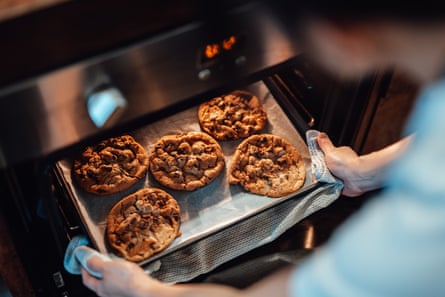
It doesn’t have to be perfect
“I think baking is one of those things you can’t ever really be perfect at,” says Nadine Ingram, cookbook author and owner of Flour and Stone. It’s a bold admission from the woman with a TED talk on cake. Instead, baking teaches you that imperfect is beautiful, she says. “You need to try things more than once to improve. I think a lot of our culture these days says you’ve got to get it right the first time or you’ve got to be the best at it … Baking teaches you how to break those habits.”
“I’ll test recipes eight times and they’re still not right … sometimes, things will turn out how they’re going to turn out and you have absolutely no control over it, even with all the skills in the world.”
It’s OK to put things on ice
When a recipe has an overwhelming number of steps, break down a project-bake by making the most of the freezer. “I think people get so scared of baking because they start reading a recipe and think ‘I don’t have three hours’,” says pastry chef Anneliese Brancatisano. “Remember the freezer is your best friend … you don’t have to make everything from scratch on the day.” Icings and buttercreams can be frozen and later defrosted in the microwave, for example. And the cold makes some things a choux-in. “I always keep choux pastry in the freezer – just pipe it and freeze it. You can bake them from frozen, and the moisture from the freezer creates steam, which will help them puff up even more.”
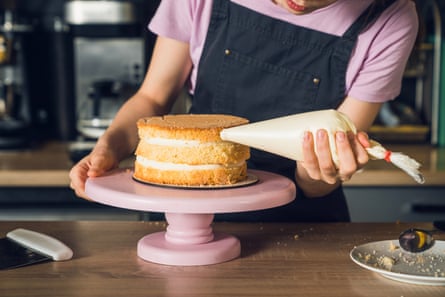
Pipe dreams really can come true
Alisha Henderson of Sweet Bakes is living proof. She taught herself to pipe from YouTube videos, practising on cake she’d make, then freeze, and re-freeze, so she didn’t have to bake one for every attempt. “Instead of going through that process … you can bring it out, decorate it, try out all your new techniques, wipe it off, and chuck it back in the freezer,” she says. “Don’t eat it, obviously, but use it again and again.”
after newsletter promotion
Read before you weep
“Baking is 70% organisation,” says Baker Bleu pastry chef Gad Assayag – and taking the time to get organised usually improves the outcome. This means reading through your recipe before you begin, weighing your ingredients before you start and ticking them off as you go. “And only then, once everything is organised, your tools are there, then you start working. You have to understand the process and understand where you’re going before you actually start,” he says.
Adjust to the current climate
It helps to remember bread has its own plans. “Bread keeps you honest, it keeps you on your toes,” says chef, baker and teacher Michael James. “It’s a bit like life: you’ve got to let it take you on its journey. There are a lot of variables, so it’s about guiding it.” Or as Jesse Knierum from Tasmania’s Cygnet Bakery puts it: “You might think you’re hot shit, but then the weather changes.” You’ll need to adjust for the season you’re in, the temperature of the room and the ingredients you’re using. Understanding what to tweak and when will help.
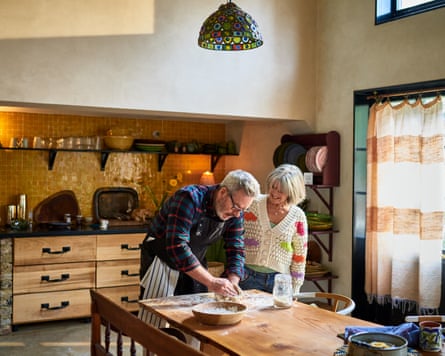
Listen to your gut
Just because baking is a science, doesn’t mean you should leave your intuition out of the equation. “Always, always listen to your gut when you’re baking,” says Giorgia McAllister Forte of Monforte. “Sometimes it’s easy to get a little bit lazy or just think, I don’t need to do this, it’ll be fine.” If in your gut you know you should be doing something differently, don’t ignore that feeling. It takes much less time to fix something earlier in the process than going all the way through to the end. Ask yourself: Does this feel right? Does it look right? Is there something I can do now that will save me time later?
Go low and slow
“To stay in control, try baking low and slow,” says Alice Bennett of Miss Trixie Bakes. “We have our ovens on at about 145C/300F on low fan. Typically, a lot of cookbooks will tell you something like 160C/325F. I’ve always gone a little bit lower and slower with temperatures – and you can apply this before you even put your cake in the oven. If you slow down the whole process, you’re less likely to make a mistake.”
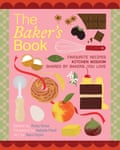
Relax
Gillian Bell, who travels the world making bespoke wedding cakes, is mindful of her mood when she’s baking. “I always mix my cakes by hand, and I stir in good wishes, good thoughts. I really believe that somehow it comes through … So I say to people, ‘Find that place in your head, put on some music, do whatever you can to get to that place’.’’ And remain positive. “Everyone can bake,” says Bell. “It’s just that you don’t know how to, or you don’t have the confidence. You can make a cake in anything – you can make a cake in a big bean tin. So relax, let go.”
-
Ruby Goss is the author of The Baker’s Book, Favourite recipes and kitchen wisdom by Australian bakers you love (Murdoch Books, $45)

 3 months ago
62
3 months ago
62
